Russia's Soyuz MS-25 spacecraft docks to ISS
Monday, 25 March 2024 16:26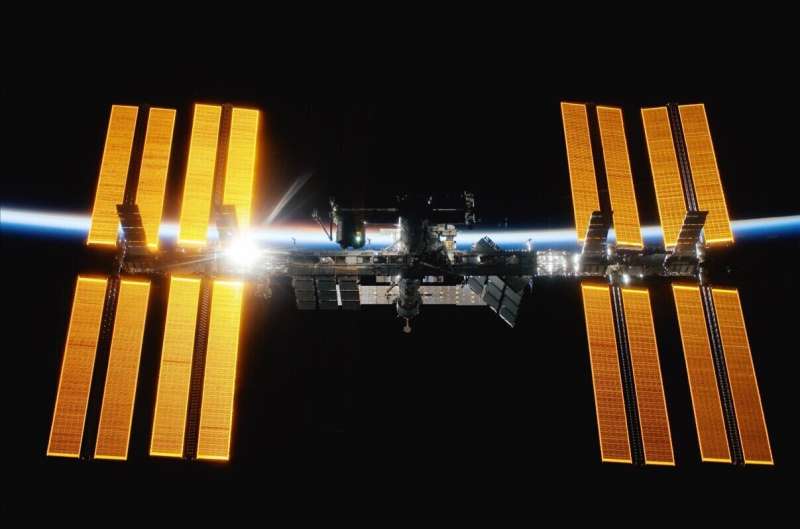
Russia's Soyuz MS-25 spacecraft successfully docked to the International Space Station Monday, four days after its launch was delayed due to a technical issue, the Roscosmos space agency said.
On board is Belarus' first female cosmonaut Marina Vasilevskaya, experienced Russian cosmonaut Oleg Novitsky and US astronaut Tracy Dyson, who blasted off on Saturday for a two-day journey.
"Soyuz MS-25 has docked to the ISS," Roscosmos said.
Novitsky and Vasilevskaya will spend 14 days in orbit, returning home aboard the Soyuz MS-24 spacecraft with US astronaut Loral O'Hara, while Dyson will spend 184 days in space.
MS-25's take-off was aborted seconds before launch on Thursday, raising further questions about the reliability of Russia's beleaguered space program.
Once a space-faring pioneer, Moscow has faced multiple setbacks since the collapse of the USSR, including the loss of two Mars missions and its first lunar probe in almost 50 years last August.
Space is one of the final areas of US-Russia cooperation amid an almost complete breakdown in relations between Moscow and Washington over the last two years.
For almost a decade, Russian Soyuz launches were the only way to ferry astronauts between Earth and the ISS, after NASA halted its Space Shuttle program.
Aerospace Corp. moves headquarters to D.C., cites need for proximity to decision makers
Monday, 25 March 2024 16:06

Cluster explains spiral dance seen over Norway
Monday, 25 March 2024 15:00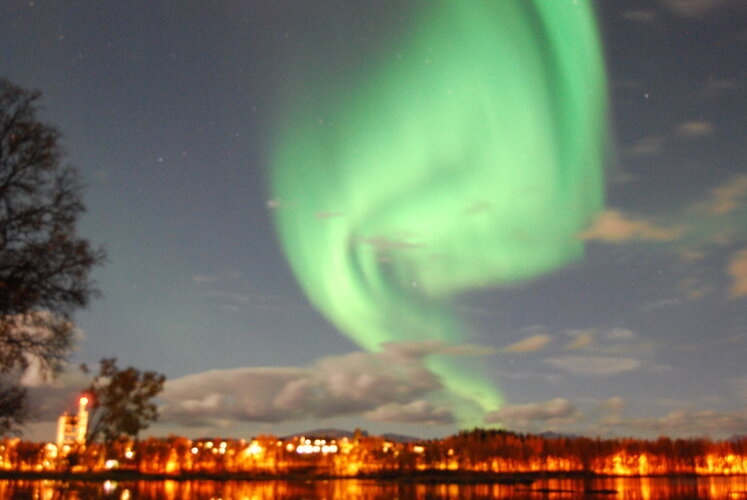 Image:
Photo of auroral spiral
Image:
Photo of auroral spiral NRO mission launches from NASA Wallops on Electron rocket
Monday, 25 March 2024 13:54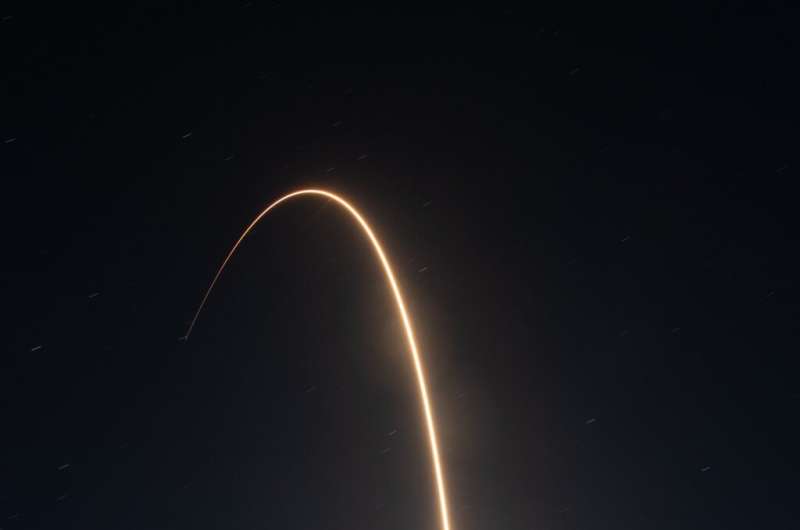
NASA's Wallops Flight Facility supported the successful launch of a Rocket Lab Electron rocket at 3:25 a.m. EDT, Thursday, March 21, from Virginia's Mid-Atlantic Regional Spaceport on Wallops Island, Virginia.
The rocket carried three collaborative research missions for the National Reconnaissance Office (NRO). The mission, dubbed NROL-123, was the first NRO mission to fly on a Rocket Lab rocket launched from the United States.
"We are proud to support our commercial and government launch partners with world-class launch range, safety and support services," said David L.
Why scientists are making space data into sounds
Monday, 25 March 2024 13:48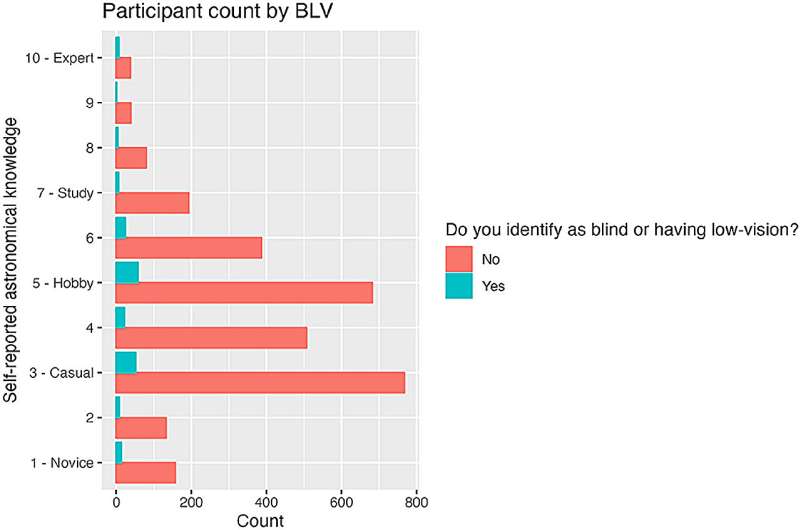
Colorado-based companies Voyager Space, Palantir join forces on national security work in space
Monday, 25 March 2024 12:10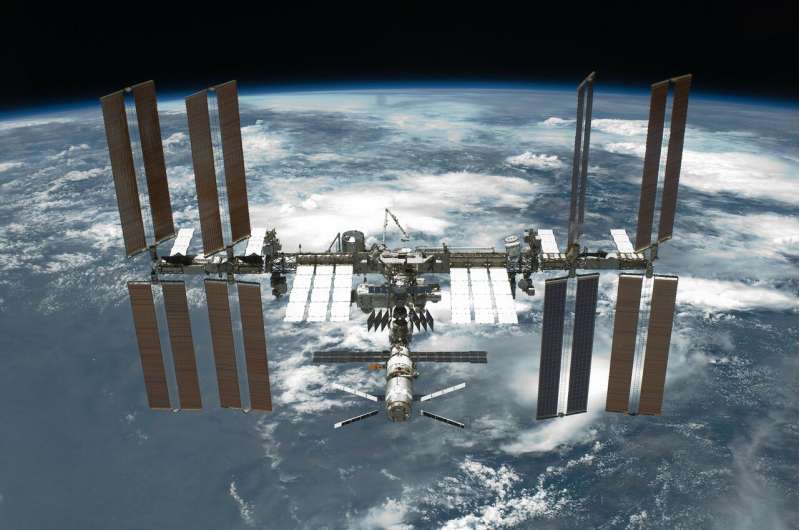
Denver-based companies Voyager Space and Palantir Technologies have signed an agreement to work together on enhancing national security capabilities in the commercial space realm.
A memorandum of understanding approved in February seeks to combine Voyager Space's more than three decades of space exploration and missions with Palantir's software technology and data analysis. The company's customers include the military, law enforcement and health care organizations.
"We are thrilled to collaborate with Palantir, exploring a diverse range of technologies and applications as we operate in a commercial space ecosystem," Marshall Smith, Voyager's chief technology officer, said in a statement.
Shyam Sankar, CTO of Palantir, said in a statement that the partnership represents a commitment to "advancing the frontiers of global commerce, civil, and national security capabilities" while reaffirming industry's role in bringing leading-edge technology to space exploration and security.
Voyager has a history of working on the International Space Station and is one of a handful of companies selected by NASA to design and develop commercial space stations. The ISS is expected to be retired in 2030. China's Tiangong space station is the only other one currently in operation.
Saturn's moon Enceladus top target for ESA
Monday, 25 March 2024 12:00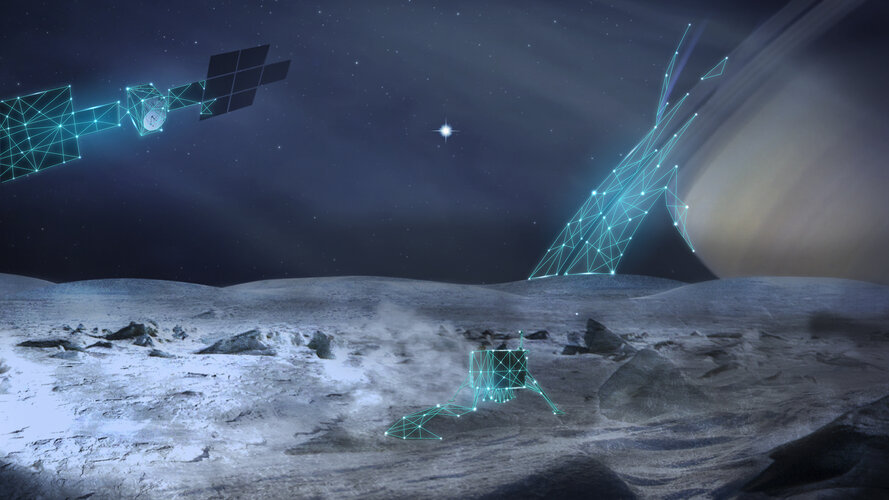
A fresh, icy crust hides a deep, enigmatic ocean. Plumes of water burst through cracks in the ice, shooting into space. An intrepid lander collects samples and analyses them for hints of life.
ESA has started to turn this scene into a reality, devising a mission to investigate an ocean world around either Jupiter or Saturn. But which moon should we choose? What should the mission do exactly? A team of expert scientists has delivered their findings.
Soyuz rocket carrying first Belorussian woman in space en route to ISS
Monday, 25 March 2024 11:43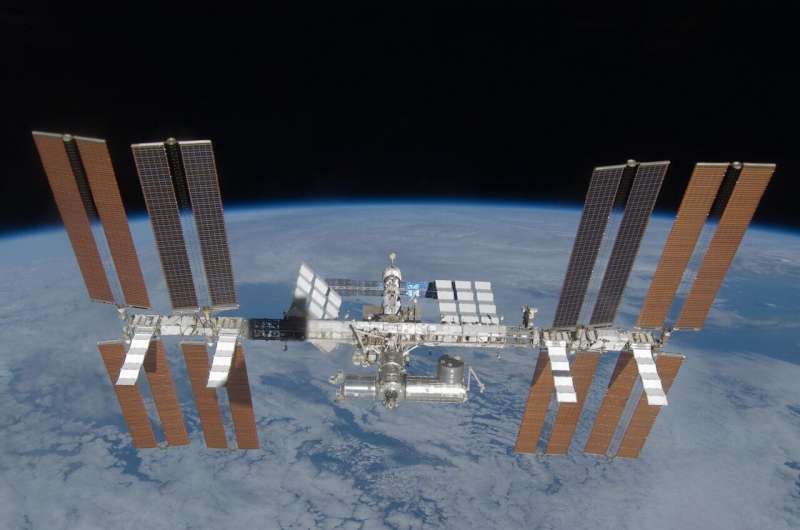
Two astronauts from Belarus and the U.S. have set off for the International Space Station together with a Russian cosmonaut, marking the first time that a woman from Belarus is traveling to space.
The Soyuz MS-25 spacecraft lifted off from Russia's Baikonur Cosmodrome in the steppes of Kazakhstan at 12:36 GMT.
A first launch attempt had been aborted 20 seconds before takeoff on Thursday due to technical problems.
Saturday's launch saw Belorussian astronaut Marina Vasilevskaya, who is being accompanied by NASA astronaut Tracy Dyson and Russian cosmonaut Oleg Novitsky, becoming the first woman from her country to make it into space.
Space cooperation between the U.S. and Russia, including Moscow's ally Belarus, continues despite the U.S. sanctions imposed on Russia over the war in Ukraine.
The launch also saw two women aboard a Soyuz capsule flying to the ISS for the first time.
This is Dyson's third flight into space and Novitsky's fourth.
Vasilevskaya works as a flight attendant for the Belorussian company Belavia. During her two-week stay on the ISS, she will carry out scientific experiments and take spectral images of the Earth's surface.
Help make an orbital megastructure with genetic computation
Monday, 25 March 2024 10:17
More than two hundred years into the future, our descendants contemplate creating the largest single structure in human history for the next evolutionary leap: a multi-generational starship capable of bringing people to the first truly Earth-like exoplanet. Yet this interstellar ark – to be self-assembled out of builder units in Earth orbit – will be sufficiently complex as well as vast that even designing it involves formidable mathematical challenges. And this odyssey needs to be preceded by a mammoth astronomy effort to prospect the way ahead, involving a formation of orbital telescopes able to operate together as one, yielding
US Moon lander 'permanently' asleep after historic landing: Company
Monday, 25 March 2024 07:53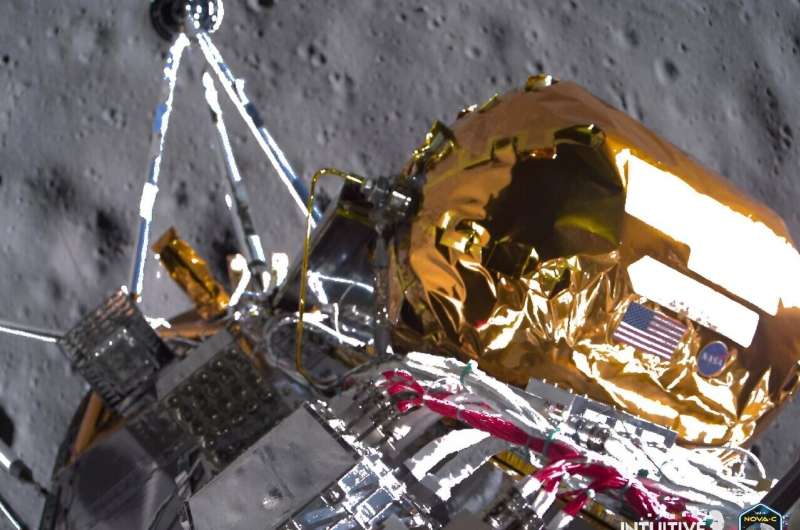
An uncrewed American lander that became the first private spaceship on the moon has met its ultimate end after failing to "wake up," the company that built it said.
Houston-based Intuitive Machines said late Saturday that the lander, named Odysseus, had not phoned home this week when its solar panels were projected to receive enough sunlight to turn on its radio.
The lander touched down at a wonky angle on February 22, but was still able to complete several tests and send back photos before its mission was determined to have ended a week later, as it entered a weeks-long lunar night.
Intuitive Machines had hoped that it might "wake up" once it received sunlight again, as Japan's SLIM spaceship—which landed upside down in January—did last month.
Building ChatGPT-style tools with Earth observation
Monday, 25 March 2024 07:27
Imagine being able to ask a chatbot, “Can you make me an extremely accurate classification map of crop cultivation in Kenya?” or “Are buildings subsiding in my street?” And imagine that the information that comes back is scientifically sound and based on verified Earth observation data.
ESA, in conjunction with technology partners, is working to make such a tool a reality by developing AI applications that will revolutionise information retrieval in Earth observation.
Accelerating the ‘‘Data Management to Decision Chain’’ in Military Space Operations
Monday, 25 March 2024 04:40








